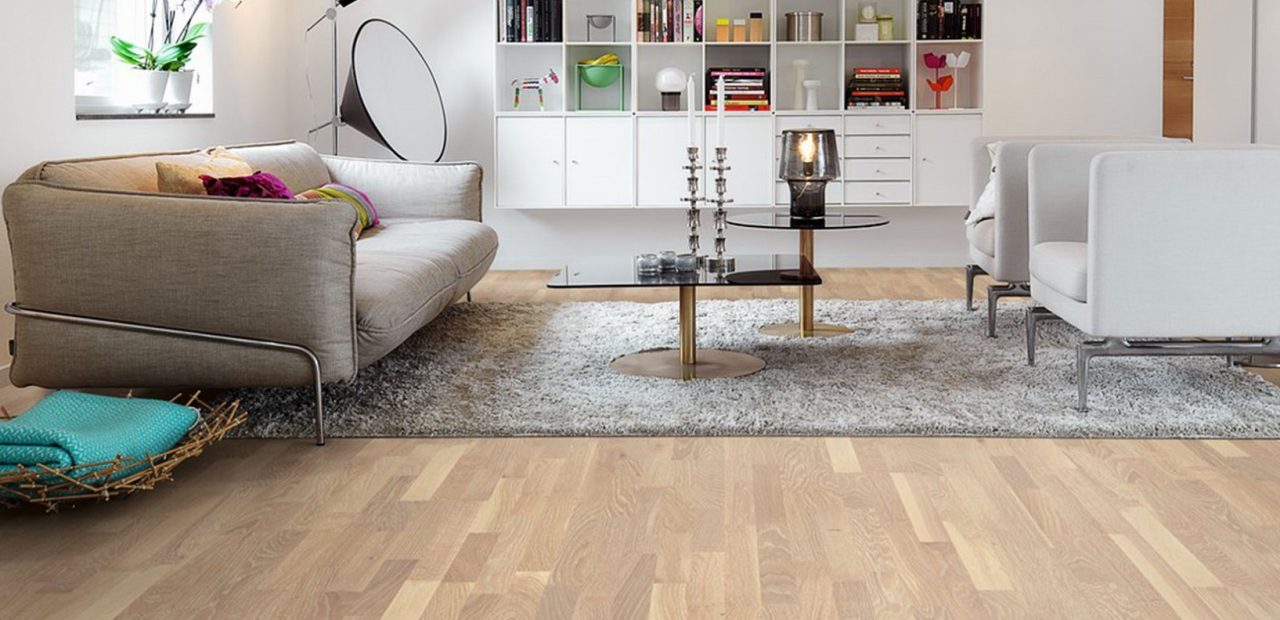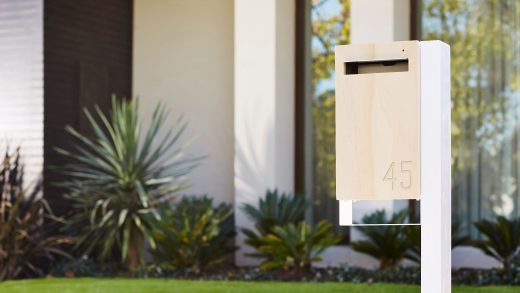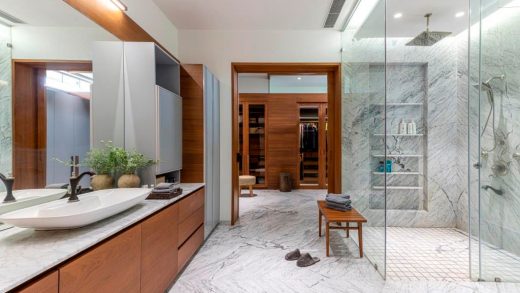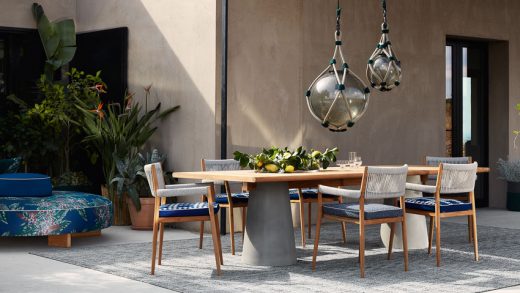5 Cost-Friendly Flooring Solutions for Your Home
Are you considering some home improvements? Sticking to a budget can be essential because large-ticket items like flooring may blow things out of proportion. A bit of study will go a long way towards assisting you in choosing the material that will provide the best value for your money while also meeting your lifestyle needs. Here are some of the best residential flooring solutions that won’t break the bank, whether you’ve just acquired a new house, are remodelling it to sell, or just need a new floor.
Contents
What Is the Cheapest Way to Do Floor?
1. Vinyl
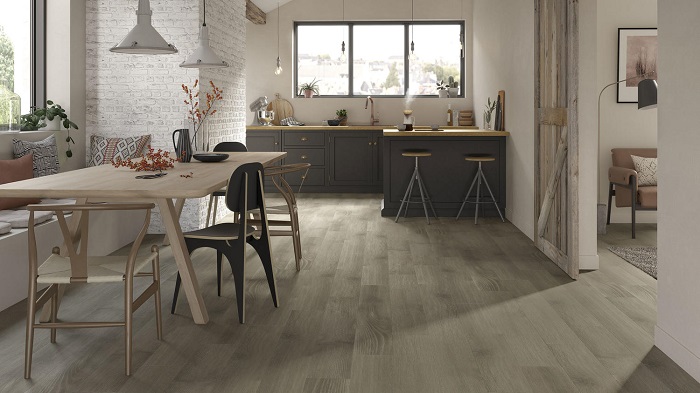
People have been using vinyl, created as a substitute for linoleum, for over a hundred years. It gained popularity in the 1940s as a durable, long-lasting, and water-resistant flooring option, mainly used in bathrooms and kitchens. However, modern vinyl has evolved into one of the most suitable home flooring solutions forvariousrooms, even those traditionally dominated by ceramic, porcelain, or hardwood floors.
Planks
Vinyl plank flooring is the most popular choice due to its wide range of colours and patterns that convincingly mimic hardwood floors. It is thicker than sheet vinyl and composite tiles, giving it a more luxurious appearance. Vinyl planks are nearly five times denser than standard sheet vinyl and are semi-rigid. Installation involves snapping the planks together, making it a relatively easy DIY project. They offer better graphics and deeper embossing, resembling stone and wood more closely. Though vinyl planks are more expensive, their durability and low maintenance make them cost-effective in the long run. They’re the ideal choice for achieving waterproof floors with a high-end look.
Tiles
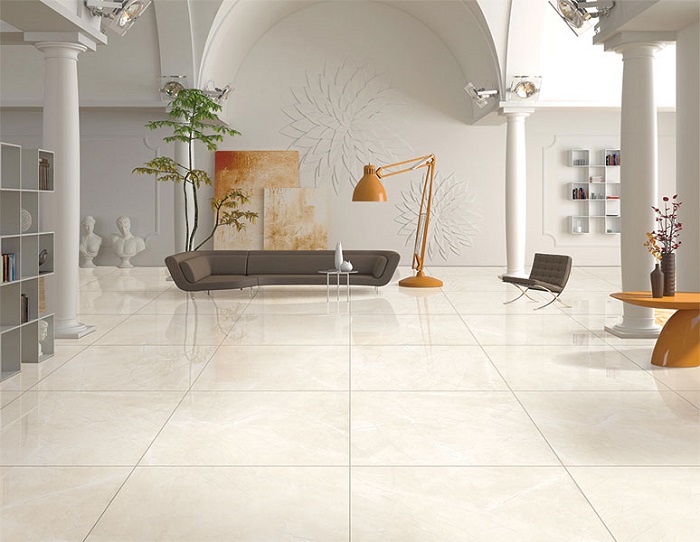
While vinyl tiles were the first widely used type of vinyl flooring, they have been surpassed in popularity by luxury vinyl and sheet vinyl. VCT requires regular polishing to protect its porous surface, making it less low-maintenance than sheet vinyl. The numerous seams between the tiles make VCT less moisture-resistant, and water leakage through the seams can cause the base layer to become loose.
Vinyl tiles offer a wide range of colours and patterns but lack the same texture level and design versatility as other types of vinyl floors. Installation is relatively simple, as they can be glued to an underlayment using towel-on or peel-and-stick adhesives. Vinyl tiles are one of the most affordable home flooring solutions for DIY installation.
Sheet
Sheet vinyl has fewer seams and is excellent at resisting water since it comes in wide rolls. It’s suitable for covering smaller spaces without the need for any seams. Although luxury vinyl is gradually replacing sheet vinyl, it remains popular. You can install sheet vinyl by “floating” it over the underlayment or fully glueing it down. It’s the most inexpensive option for fully waterproof floors.
2. Linoleum
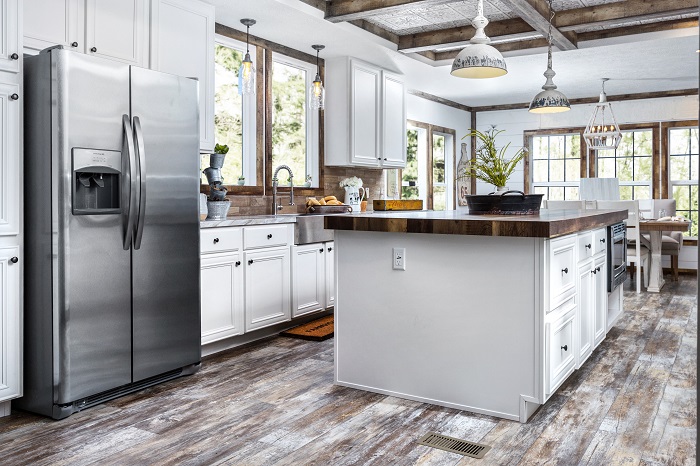
Because of its low care requirements, durability, and environmental friendliness, linoleum is a wise material choice for flooring. It’s typically slightly more expensive than sheet vinyl. Due to their visual similarity and the fact that both materials are available in sheets, they’re frequently mistaken for vinyl. While linoleum is water-resistant, it’s not waterproof, and damage is likely to result if it’s entirely submerged in water.
It is possible for linoleum put in areas with a lot of sunlight to turn amber, which is when the surface starts to become yellow; however, this may be prevented with regular maintenance, such as waxing the floor (if it is not already factory coated) every two to three years. Although you can install linoleum yourself, you might want to hire a professional if your subfloor is uneven. You will need to rent a linoleum roller if you try DIY installation.
3. Laminate
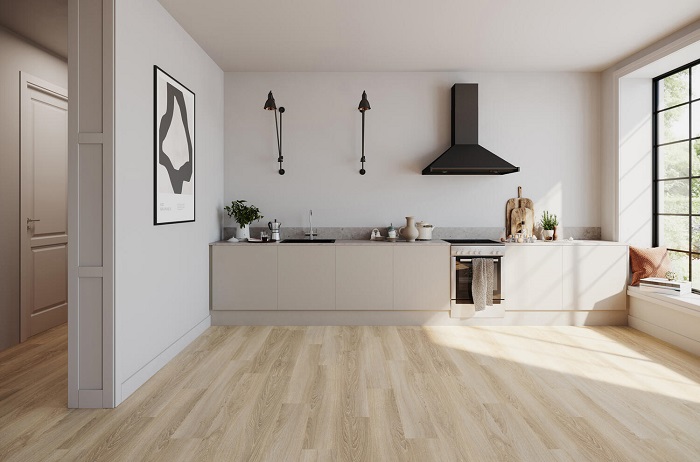
Another choice for low-cost floorboards with a timber appearance is laminate. There are a few significant variations between laminate and vinyl floors. First off, laminate is usually less expensive. What lies at the centre of the floorboard is another crucial distinction. Laminate is made entirely of vinyl, whereas vinyl is laminate with a mulched, thoroughly compressed, and pressured wood core.
Laminate flooring has an interlocking mechanism, enabling you to install it as a floating floor. It’s reasonably durable and straightforward to maintain. However, because laminate cannot be refinished or resealed, it must typically be replaced if damage does occur.
It can quickly get broken and deformed if not sealed correctly, or water or moisture sneaks in. If you want to save money on installation, laminate is a fantastic alternative because it’s reasonably simple to install without a professional. Laminate might not be the ideal option if comfort is your main priority because it occasionally has a reputation for looking phoney and being harsh underfoot.
4. Polished Concrete
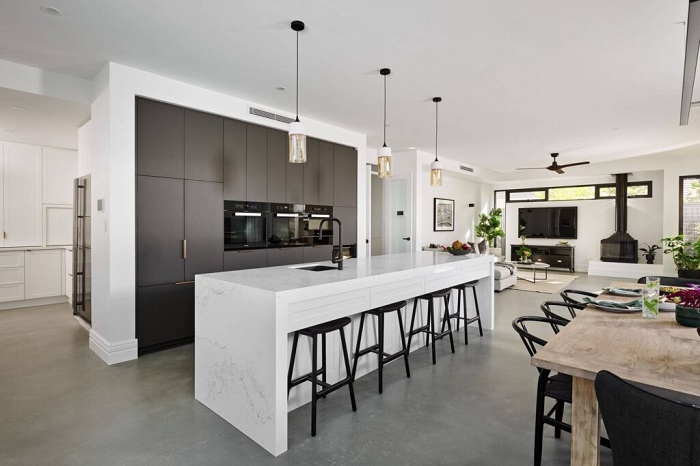
These floors are a very affordable alternative for flooring. It’s best to have a concrete specialist install it because concrete needs to be mixed and prepared to a precise degree to be installed properly. Any mistakes made during the pouring process will influence the finished product and are challenging, and sometimes impossible, to fix.
Once installed and polished, maintaining polished concrete floors is incredibly simple and inexpensive. Polished concrete floors are also quite resilient and can easily last a lifetime with proper maintenance. However, it can be a very chilly, uncomfortable, and hard flooring option. Although the density is a benefit for durability, it’s a disadvantage for safety because landing on it can be rather harmful.
5. Carpet

Carpet offers a level of safety that makes it an especially ideal alternative for homes with children because it is an incredibly soft and comfy option. You may get carpets in various colours, designs, and materials to match your taste. DIY carpet installation isn’t the best idea since it is a project that can go wrong without a professional.
Additionally, carpet cleaning and upkeep are significantly more difficult and expensive than choices for hard flooring because it is not a surface you can quickly wipe away. Additionally, hard-surface flooring options are becoming popular in terms of style and trends, meaning carpeting may lower the resale value of your home.

